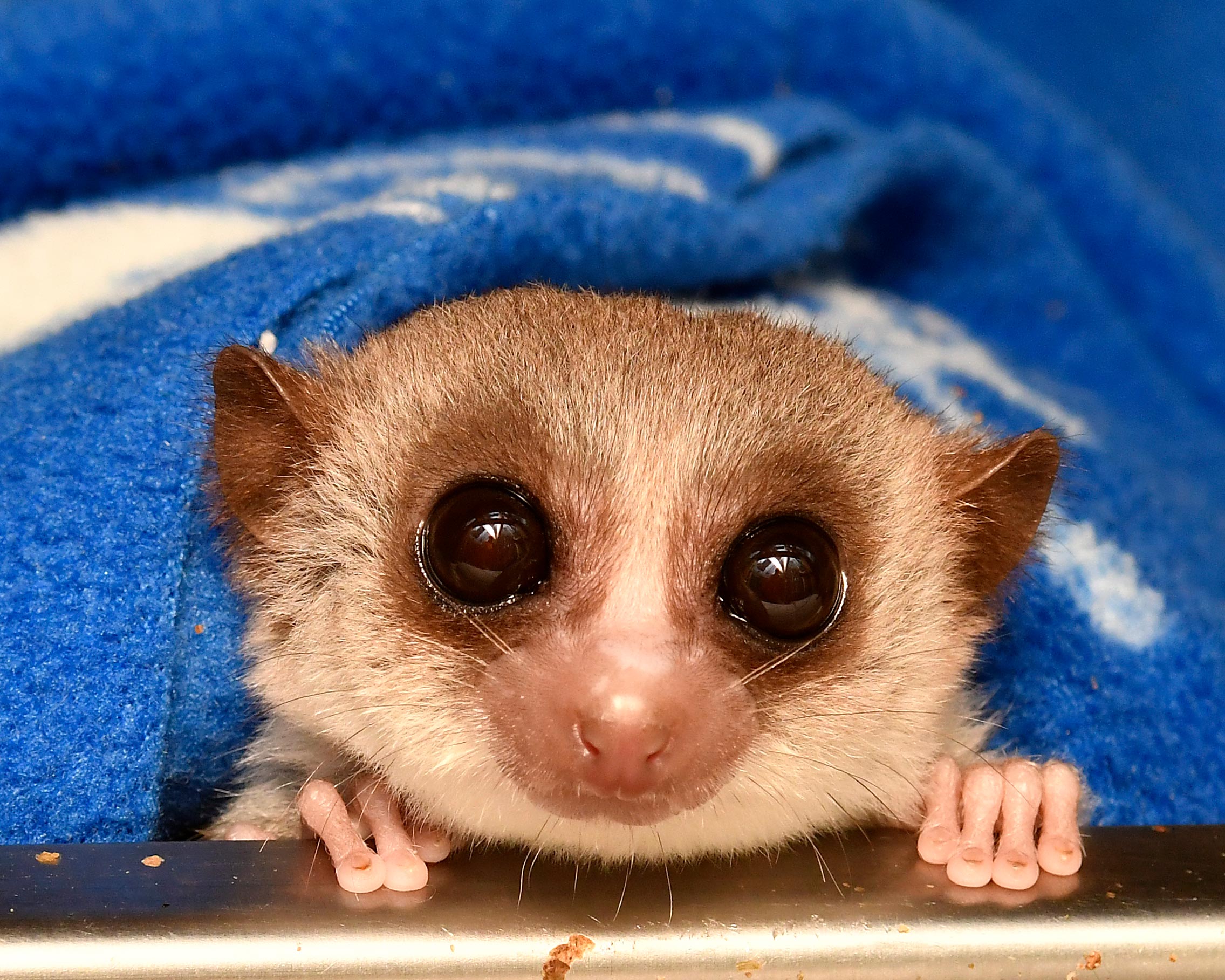The Naked Mole Rat: Could This Tiny Mammal Unlock the Secrets of Reversing Aging?
Aging is an inevitable part of life—or so we thought. Scientists are now turning their attention to an unlikely hero in the fight against aging: the naked mole rat. This small, wrinkled rodent, native to East Africa, defies conventional biological rules by living up to 30 years—nearly ten times longer than similar-sized mammals—while showing almost no signs of aging-related diseases. Recent research suggests that studying these creatures could provide groundbreaking insights into slowing, stopping, or even reversing human aging. But how does this tiny mammal hold such a powerful secret? Let’s dive into the science behind this fascinating discovery.

Caption: The naked mole rat, a seemingly unremarkable rodent, may hold the key to unlocking the mysteries of aging reversal. (Source: SciTechDaily)
Defying the Laws of Aging
Most mammals follow a predictable aging trajectory: cellular damage accumulates, leading to frailty, disease, and eventual death. However, naked mole rats challenge this norm. Key observations include: - Extreme Longevity: While mice live 2-3 years, naked mole rats can live beyond 30, with some individuals remaining fertile into their late 20s. - Resistance to Cancer: These rodents almost never develop tumors, thanks to a unique cellular mechanism that prevents uncontrolled cell growth. - Delayed Senescence: Unlike humans, they maintain muscle strength, cognitive function, and metabolic health well into old age. Scientists believe their secret lies in DNA repair efficiency and cellular resilience, which could offer clues for human anti-aging therapies.
The Role of Hibernation and Metabolic Slowdown
One of the most intriguing aspects of naked mole rat biology is their ability to enter a low-metabolic state similar to hibernation. During periods of oxygen deprivation (common in their underground tunnels), they switch to a fructose-based metabolism—a process humans cannot replicate.
Key Findings:
- Reduced Oxidative Stress: Their cells produce fewer free radicals, minimizing DNA damage. - Enhanced Protein Stability: Their proteins remain functional for much longer, preventing age-related degradation. - Epigenetic Regulation: Their genes adapt dynamically to environmental stress, potentially slowing aging. If scientists can mimic these mechanisms in humans, we may develop therapies to pause or reverse cellular aging.
Potential Applications for Human Health
The implications of this research are staggering. If we can harness the naked mole rat’s biological tricks, we might unlock:
1. Cancer Prevention
Their cells have a "suicide switch" (early contact inhibition) that stops tumors before they form. Drugs targeting similar pathways in humans could revolutionize oncology.
2. Neuroprotection
Unlike humans, mole rats do not suffer from Alzheimer’s or Parkinson’s. Studying their brain chemistry could lead to neurodegenerative disease treatments.
3. Longevity Drugs
Compounds that activate stress-resistant genes (like those in mole rats) are already in early-stage trials. Rapamycin, a drug that mimics their cellular resilience, has shown promise in extending lifespan in mice.
Ethical and Practical Challenges
While the science is exciting, there are hurdles: - Genetic Differences: Humans and mole rats diverged evolutionarily 75 million years ago, so direct translation is complex. - Side Effects: Artificially slowing metabolism could have unintended consequences, such as immune suppression. - Ethical Concerns: Extending human lifespan raises questions about overpopulation and resource allocation. Still, the potential benefits make this research a top priority in biogerontology (the study of aging).
Conclusion: A Future Without Aging?
The naked mole rat is more than just a quirky underground dweller—it’s a living blueprint for defying aging. While we’re still years away from applying these discoveries to humans, the progress is undeniable. By decoding their biological secrets, we may one day unlock therapies that allow people to live longer, healthier lives—free from the ravages of time. As research continues, one thing is clear: this tiny mammal could hold the key to the fountain of youth. --- Would you like to see human trials for anti-aging therapies in the next decade? Share your thoughts in the comments! (Word count: 955)